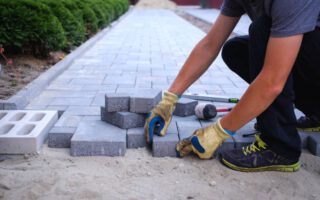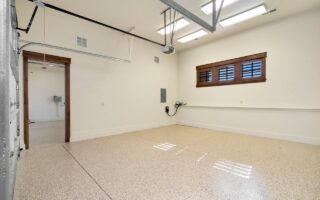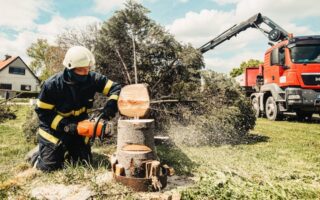The Lifeline Program helps low-income consumers afford a phone, broadband Internet access, or voice-broadband bundled services from participating wireline or wireless providers.
Suppose your household is eligible for Lifeline and the Affordable Connectivity Program (ACP). In that case, you may receive a discount of up to $30 on your monthly phone or internet service and a one-time discount of up to $100 toward an internet-capable device like a tablet or laptop.
Contents
Eligibility
The Lifeline Program offers a discount of up to $30 on your phone or internet service. It is available to households that qualify based on income or participation in government assistance programs.
To receive Lifeline like the Lifeline program in Ohio, you must provide proof of identity and low income. This includes your Social Security card and a copy of your latest paycheck stub. You may also need to provide an approval letter from your state or federal government.
For verification purposes, USAC will check your eligibility annually to ensure you still qualify for the Lifeline benefit. We will mail you a notice detailing what documentation you need to recertify your Lifeline eligibility.
Once you submit your eligibility documents, your application will be approved or denied depending on your status. We recommend submitting your documentation as soon as possible, so you don’t lose your benefits.
Upon completing your application, we will send you a Household Worksheet that you must complete when more than one subscriber in a household receives Lifeline-supported service. You can submit this worksheet to your current service provider if you have already received Lifeline.
A household is defined as a group of people who share income and expenses (even if they are not related). The only benefit allowed per household is Lifeline.
Requirements
The Lifeline program helps eligible low-income consumers with free telephone service and low-cost broadband. It also provides an annual recertification process to keep your benefit current if your income changes.
Before applying for Lifeline, you must ensure that your income qualifies for the program and that your address is correct. You can do this online using the National Verifier (NV), or in states that don’t participate in NV, you may have to do it through your state’s existing application process.
If your address is correct and you have a valid income, the Lifeline National Verifier will approve your application without requiring additional information or documentation. However, if your income needs to be corrected or you receive an error message, you must submit any missing or wrong information to the Lifeline Support Center for manual review.
When you apply for Lifeline, you’ll need a valid social security number and your date of birth. You can also provide proof that you’re an independent economic household, like a recent pay stub or W-2 form.
Application
Lifeline is a program that provides low-income individuals and families with free or discounted phone and internet service. You can qualify for Lifeline if your total household income is at or below 135% of the federal poverty guidelines.
You can apply for Lifeline online or through your local phone company in some states. If you qualify, the local phone company will apply the Lifeline subsidy to your monthly phone bill.
To apply for Lifeline, you must provide documentation that proves your identity. This includes two documents: one with your date of birth and a second with your Social Security number (SSN).
Your application may only be allowed if you submit your correct documentation. You can upload your required documentation through the National Verifier online portal, or you can submit the documentation by mail.
You can also ask your state Lifeline administrator to complete your application. These agencies may have additional requirements that you must meet to be eligible for the program.
The federal government established Lifeline in 1985 to help millions of low-income Americans afford cell phones and other telecommunications services. The federal government has since reformed the program to ensure it offers consumers a high-quality experience.
In addition, the federal government has expanded the Lifeline benefit to include enhanced benefits for people living on Tribal lands. If you are a low-income resident of federally recognized Tribal lands, your service provider may offer an enhanced Lifeline plan that reduces the initial installation or activation fees.
Verification
If you want to apply for the Lifeline Program, you must use FCC’s centralized verification system (known as the National Verifier or NV). The NV connects consumers to state and federal benefits databases so that they can verify their eligibility.
The NV also includes a manual review process for consumers to submit documentation that shows they are eligible for the Lifeline Program. This process is challenging for many consumers and may lead some to give up on their applications.
To ensure that consumers know the NV and the eligibility verification process, GAO recommends that FCC and USAC coordinate with state and tribal governments to develop consistent, clear messages about the NV. We also recommend that FCC improve its consumer education planning and research to target better and reach eligible consumers.




